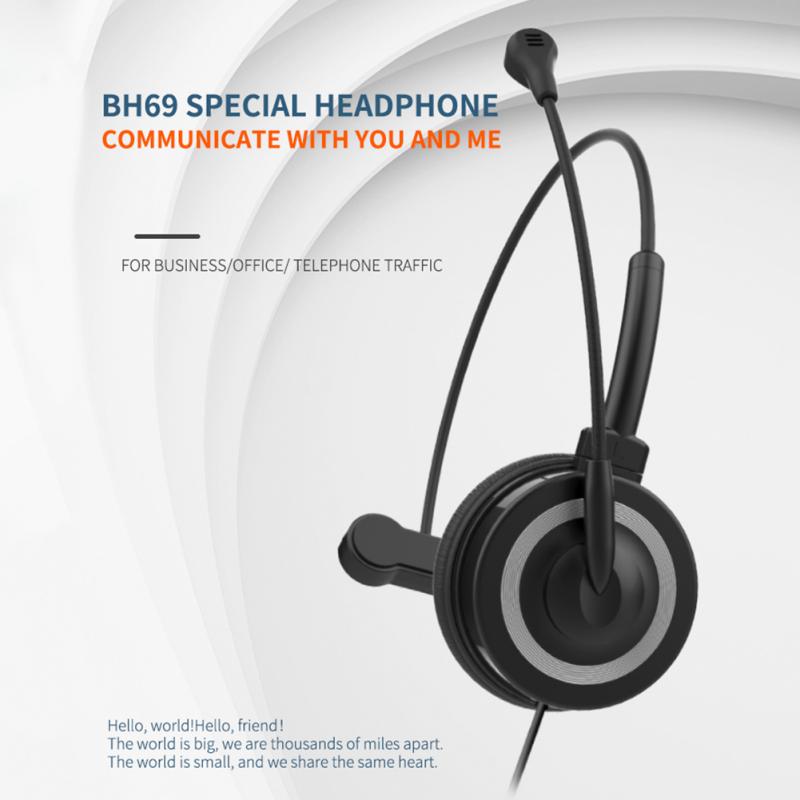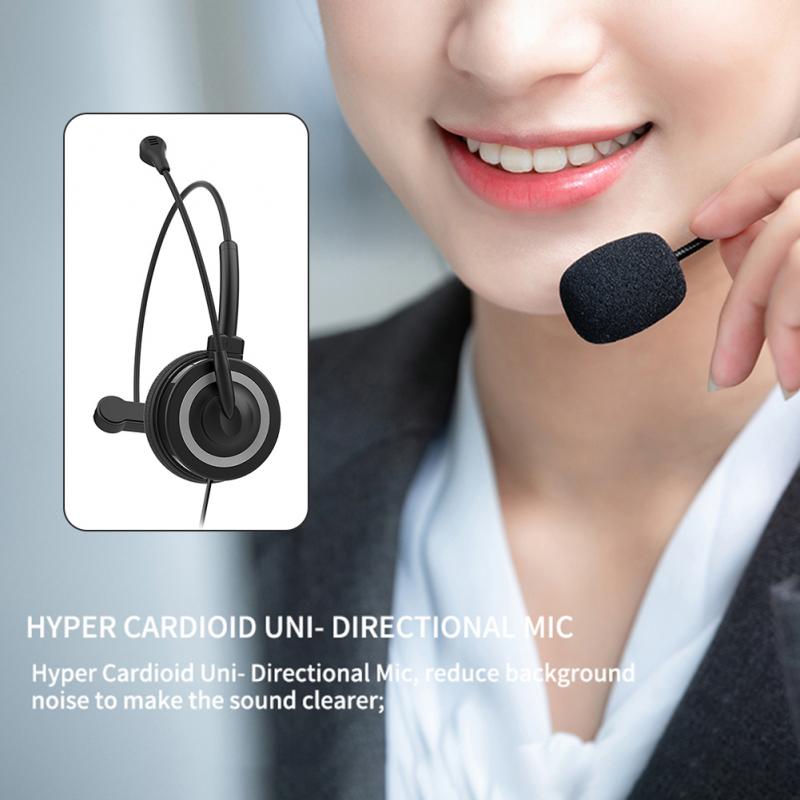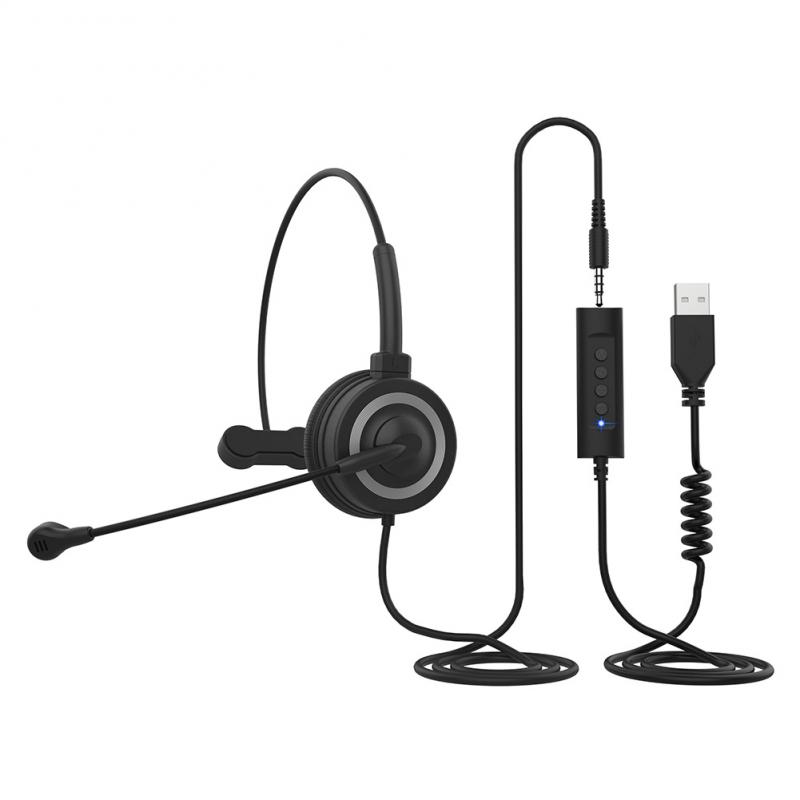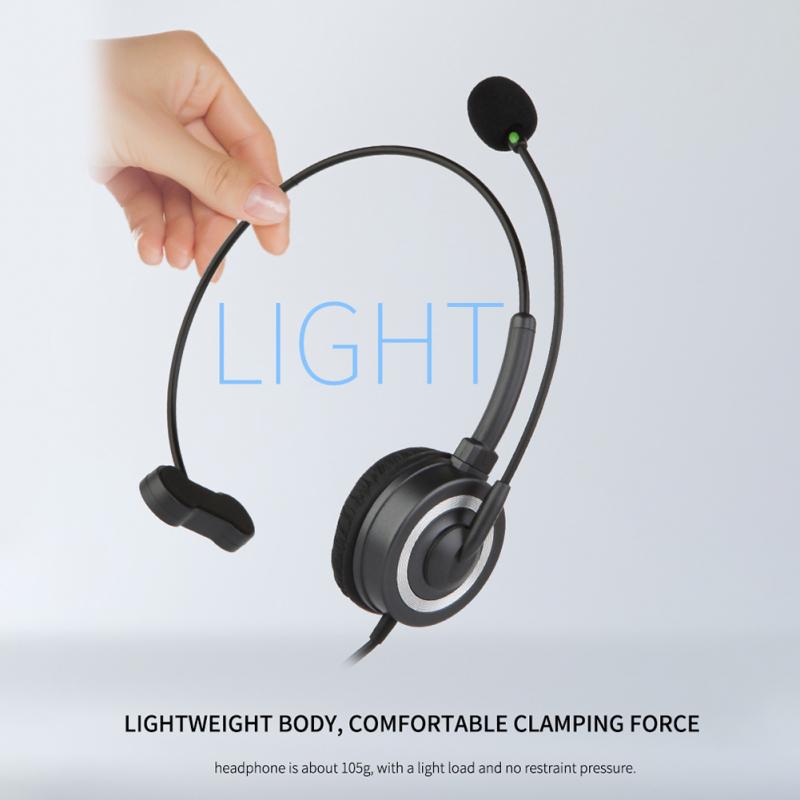How To Pair 2 Bluetooth Speakers?
Pairing two Bluetooth speakers can significantly enhance your audio experience, whether you're hosting a party, watching a movie, or simply enjoying your favorite tunes. However, the process can sometimes be confusing, especially with the variety of devices and brands available. This article aims to provide a comprehensive guide on how to pair two Bluetooth speakers, covering different methods and troubleshooting tips to ensure a seamless connection.
Understanding Bluetooth Technology

Before diving into the pairing process, it's essential to understand how Bluetooth technology works. Bluetooth is a wireless communication standard that allows devices to exchange data over short distances. It operates on the 2.4 GHz ISM band and can connect multiple devices simultaneously, although the number of devices and the quality of the connection can vary depending on the Bluetooth version and the devices involved.
Methods to Pair Two Bluetooth Speakers

There are several methods to pair two Bluetooth speakers, and the best one for you will depend on the devices you have and the features they support. Here are the most common methods:
1. Using Built-in Dual Audio or Party Mode

Many modern Bluetooth speakers come with built-in features like Dual Audio (Samsung) or Party Mode (JBL, Bose). These features allow you to connect two speakers to a single device without needing any additional hardware.
Steps:
1. Turn on both speakers and ensure they are in pairing mode.
2. Open the Bluetooth settings on your smartphone or tablet.
3. Pair the first speaker with your device.
4. Access the Dual Audio or Party Mode feature in the Bluetooth settings. This option is usually found under advanced settings or a similar menu.
5. Select the second speaker from the list of available devices.
6. Confirm the connection, and both speakers should now be paired and playing audio simultaneously.
2. Using a Bluetooth Adapter

If your speakers do not support Dual Audio or Party Mode, you can use a Bluetooth adapter that supports multiple connections. These adapters can be plugged into your audio source and can transmit the signal to two Bluetooth speakers.
Steps:
1. Purchase a Bluetooth adapter that supports dual connections.
2. Connect the adapter to your audio source (e.g., smartphone, tablet, or computer) via the headphone jack or USB port.
3. Turn on both speakers and put them in pairing mode.
4. Pair the first speaker with the adapter.
5. Pair the second speaker with the adapter. Most adapters have a button or a switch to toggle between pairing modes.
6. Confirm the connections, and both speakers should now be paired and playing audio simultaneously.
3. Using an App
Some brands offer proprietary apps that allow you to pair multiple speakers. These apps often provide additional features like stereo sound, equalizer settings, and firmware updates.
Steps:
1. Download the app associated with your speaker brand (e.g., JBL Connect, Bose Connect, Sony Music Center).
2. Turn on both speakers and ensure they are in pairing mode.
3. Open the app and follow the on-screen instructions to pair the first speaker.
4. Add the second speaker through the app's interface. The app will guide you through the pairing process.
5. Confirm the connection, and both speakers should now be paired and playing audio simultaneously.
Troubleshooting Common Issues
Pairing two Bluetooth speakers can sometimes be tricky, and you may encounter some common issues. Here are some troubleshooting tips to help you resolve them:
1. Speakers Not Pairing
- Ensure both speakers are in pairing mode: Check the user manual for specific instructions on how to activate pairing mode.
- Restart your devices: Turn off and then turn on your speakers and the audio source.
- Forget and re-pair: In your device's Bluetooth settings, forget the speakers and then try pairing them again.
2. Audio Lag or Sync Issues
- Keep the speakers close: Ensure the speakers are within the recommended range (usually 30 feet) of the audio source.
- Update firmware: Check if there are any firmware updates available for your speakers and install them.
- Use a wired connection: If possible, use a wired connection for one of the speakers to reduce latency.
3. Poor Audio Quality
- Check battery levels: Low battery can affect audio quality. Ensure both speakers are fully charged.
- Reduce interference: Keep other electronic devices that may cause interference away from the speakers.
- Adjust audio settings: Use the app or your device's audio settings to adjust the equalizer and improve sound quality.
Pairing two Bluetooth speakers can elevate your audio experience, providing richer and more immersive sound. Whether you use built-in features, a Bluetooth adapter, or a proprietary app, the process is relatively straightforward. By following the steps outlined in this guide and troubleshooting common issues, you can enjoy seamless audio playback from two Bluetooth speakers.
Remember, the key to a successful pairing lies in understanding the capabilities of your devices and choosing the method that best suits your needs. With a little patience and the right approach, you'll be able to create a dynamic audio setup that enhances your listening experience.
